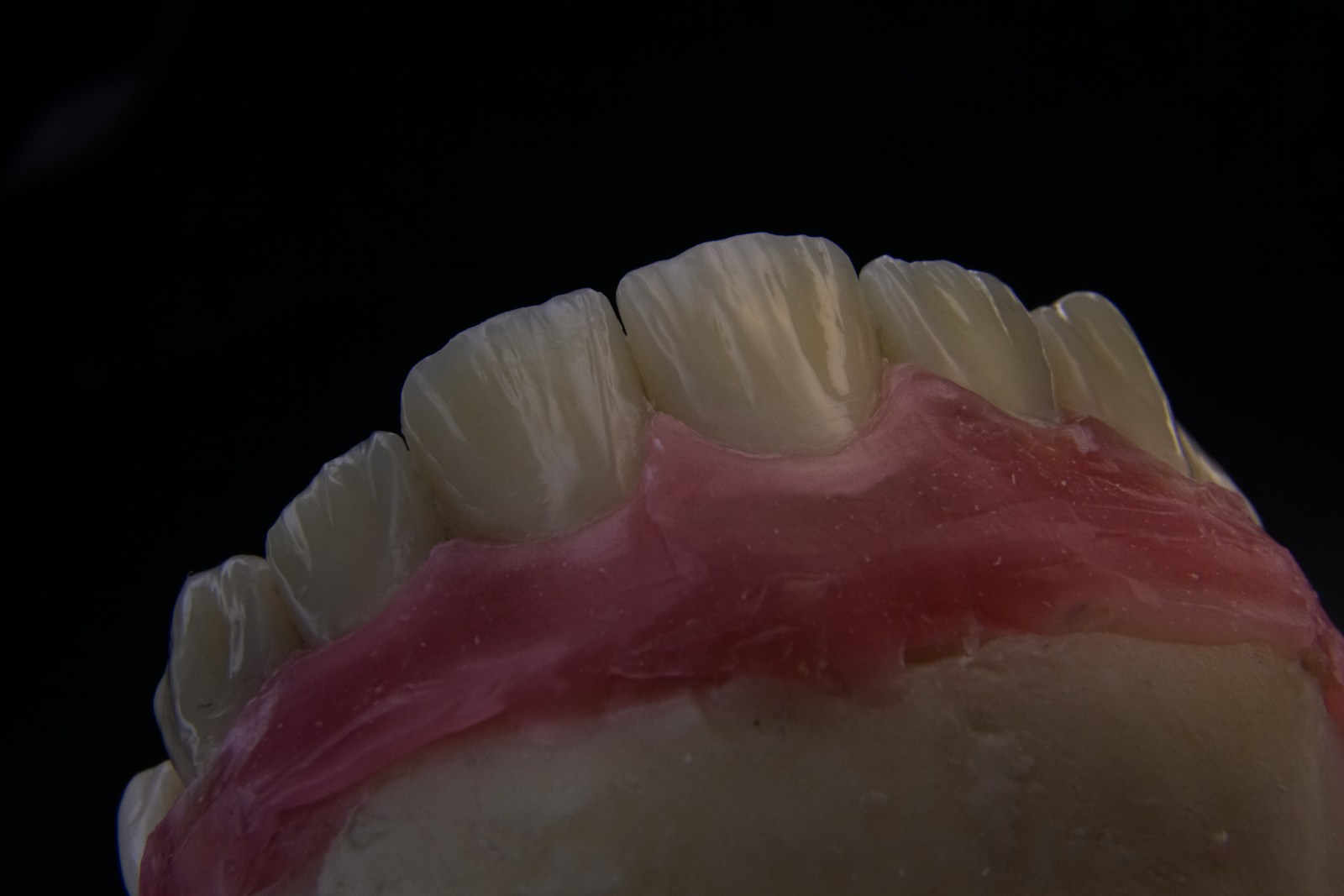Welcome to your comprehensive guide on CBCT! If you've ever been curious about the meaning of CBCT or its role in modern dentistry, you're in the right place. CBCT, or Cone Beam Computed Tomography, is revolutionizing the way specialists view the human body's intricate structures. This guide will journey through what CBCT scan means, its importance, and practical insights that will deepen your understanding. Whether you're a professional or simply fascinated by medical technology, this guide on the meaning of CBCT in dentistry and beyond will provide valuable knowledge and insights.
What Is CBCT? Unveiling the Meaning Behind the Acronym
 Have you ever wondered what stands behind the CBCT acronym? Let's unravel the mystery. CBCT stands for Cone Beam Computed Tomography, a sophisticated imaging technology pivotal in numerous medical fields, particularly in dentistry. Unlike traditional X-rays, CBCT delivers three-dimensional images, offering a crystal clear view of the anatomical structures in astonishing detail. This technology leverages a conical shaped X-ray beam, which rotates around the patient, capturing a multitude of images from different angles. These images are then compiled into a three-dimensional representation of the patient's internal structures.
Have you ever wondered what stands behind the CBCT acronym? Let's unravel the mystery. CBCT stands for Cone Beam Computed Tomography, a sophisticated imaging technology pivotal in numerous medical fields, particularly in dentistry. Unlike traditional X-rays, CBCT delivers three-dimensional images, offering a crystal clear view of the anatomical structures in astonishing detail. This technology leverages a conical shaped X-ray beam, which rotates around the patient, capturing a multitude of images from different angles. These images are then compiled into a three-dimensional representation of the patient's internal structures.
The precise nature of CBCT imaging aids in accurate diagnoses and planning for intricate procedures. Understanding the CBCT meaning not only demystifies the technology but also highlights its indispensable role in advancing patient care and treatment outcomes.
Decoding the CBCT Scan: An In-Depth Look
A CBCT scan, or Cone Beam Computed Tomography scan, goes far beyond the capabilities of a standard X-ray by providing intricate details through 3D imagery. This in-depth look into the body's inner workings offers a clearer, more comprehensive view.
The process involves the patient being positioned while the CBCT machine circles around them. It captures images from various angles using a conical beam, thus the name. What truly sets a CBCT scan apart is its ability to detail structures in three dimensions, offering an invaluable tool for precise diagnosis and treatment planning. Grasping the CBCT scan meaning enables us to appreciate how this technology has revolutionized patient care, offering accuracy that was previously unimaginable in the medical field.
Exploring the Significance of CBCT in Modern Healthcare
- The significance of CBCT cannot be overstated in modern healthcare. This technology has transformed how medical professionals approach diagnosis and treatment planning. By providing a 3D view of anatomical structures, CBCT facilitates a level of precision that was not possible with traditional 2D imaging techniques. Its applications range from implant planning in dentistry to evaluating complex fractures in orthopedics.
- Understanding the meaning of CBCT reveals its contribution to reduced treatment time, improved patient outcomes, and minimized exploratory surgeries. CBCT's ability to deliver detailed images at lower radiation doses compared to conventional CT scans further underscores its value in patient-centric care, ensuring both safety and efficacy in medical imaging.
The Impact of CBCT in Dentistry: Why It Matters
 The meaning of CBCT in dentistry highlights its revolutionary impact on the field. Dentists now rely on CBCT technology for a variety of applications, from assessing bone quality before implant placement to navigating the intricate anatomy of root canal systems.
The meaning of CBCT in dentistry highlights its revolutionary impact on the field. Dentists now rely on CBCT technology for a variety of applications, from assessing bone quality before implant placement to navigating the intricate anatomy of root canal systems.
The three-dimensional images produced by CBCT provide unparalleled detail, allowing dentists to plan treatments with a level of accuracy previously unattainable. This not only enhances the safety and effectiveness of procedures but also significantly improves patient outcomes. CBCT has become an indispensable tool in modern dentistry, changing the way dental professionals diagnose, plan, and execute treatments.
From Diagnosis to Treatment: The Versatility of CBCT
- CBCT's versatility extends from diagnosis to treatment, serving as a critical tool across various medical disciplines. In oncology, it assists in tumor detection and treatment planning. In orthopedics, it helps in assessing complex bone structures and planning surgical interventions.
- The technology's high-resolution 3D images provide insights that are crucial for successful outcomes. Moreover, CBCT's utility in pre-operative planning and post-operative assessment streamlines patient care, reducing the need for multiple tests and consultations. This versatility not only saves time but also significantly improves the patient experience, making CBCT a cornerstone of modern medical practice.
CBCT: Beyond Just Scans – Understanding Its Comprehensive Applications
 Understanding the comprehensive applications of CBCT scans offers a glimpse into their potential to transform healthcare. Beyond just producing detailed images, CBCT technology facilitates a wide range of treatments, from guiding dental implant placement to aiding in complex surgical procedures in orthopedics and ENT. Its application in forensic science for facial reconstruction illustrates the technology's broad utility.
Understanding the comprehensive applications of CBCT scans offers a glimpse into their potential to transform healthcare. Beyond just producing detailed images, CBCT technology facilitates a wide range of treatments, from guiding dental implant placement to aiding in complex surgical procedures in orthopedics and ENT. Its application in forensic science for facial reconstruction illustrates the technology's broad utility.
Additionally, CBCT plays a pivotal role in radiation therapy planning, enabling precise targeting of tumors while sparing healthy tissue. The depth of information provided by CBCT scans ensures that healthcare professionals can make informed decisions, underscoring the importance of this technology in achieving optimal patient outcomes.
